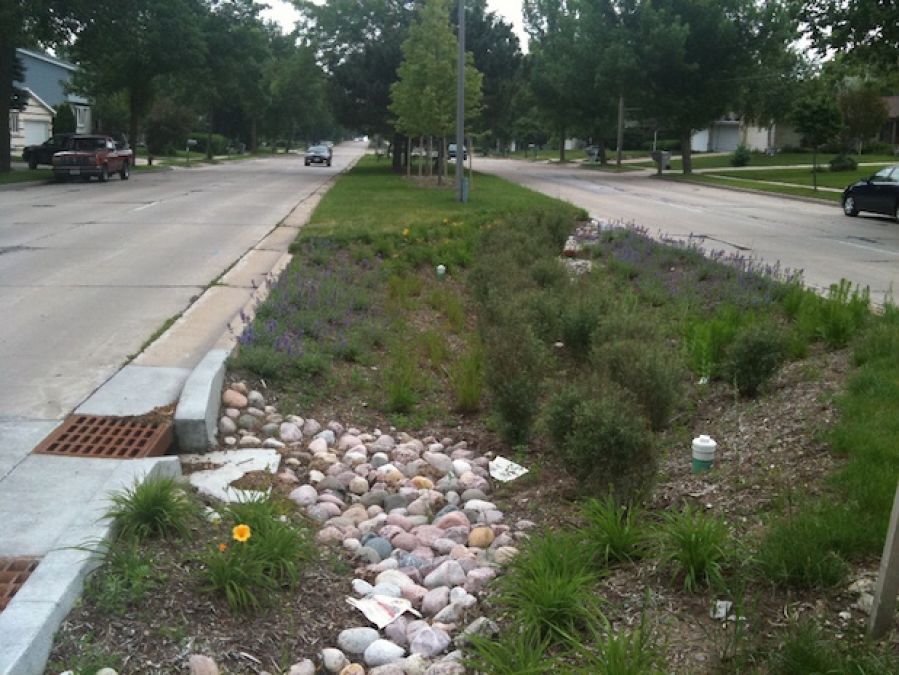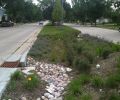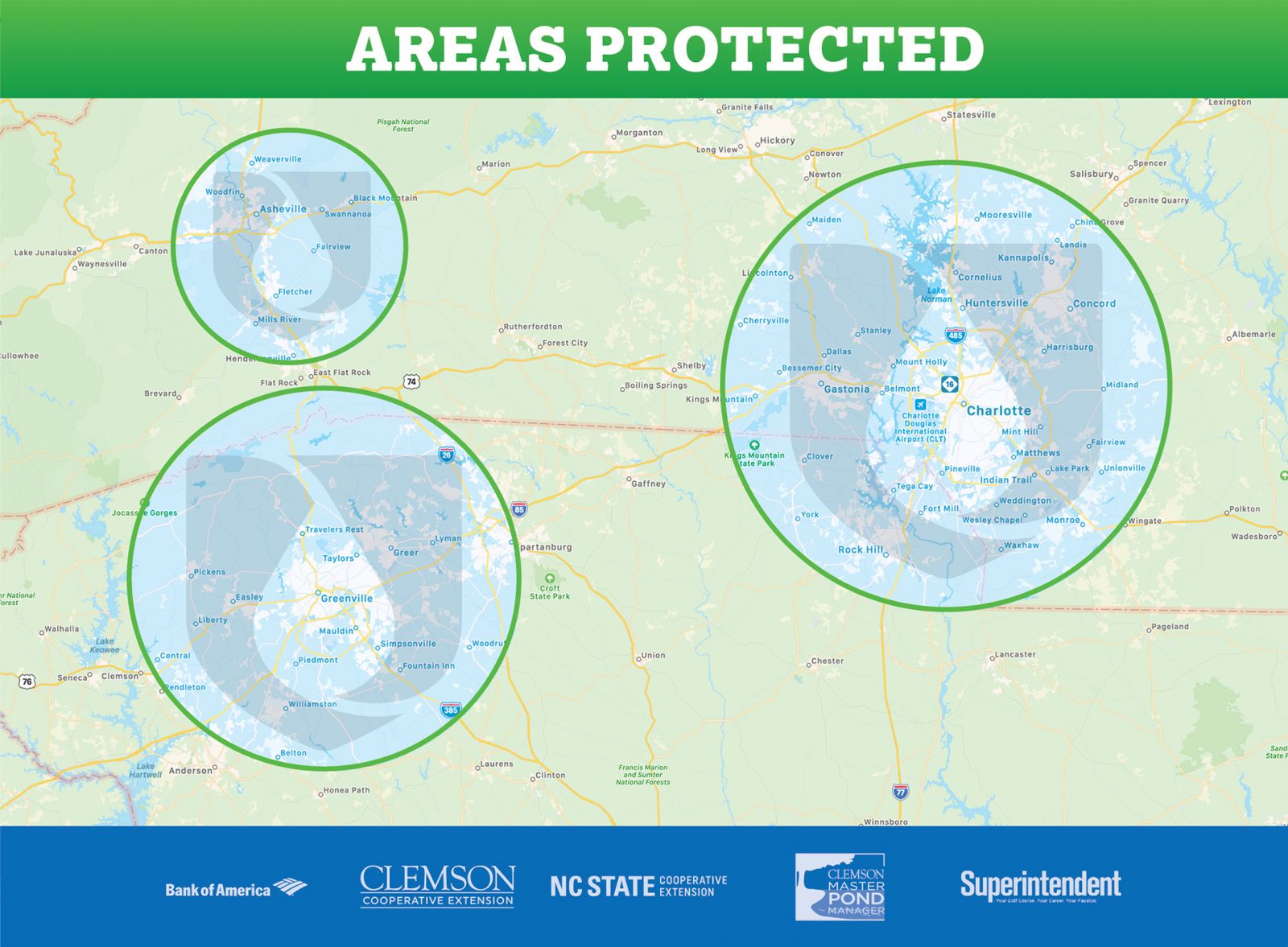
“Best Management Practices (BMPs), are devices used to reduce pollution in stormwater runoff, thereby protecting area waterways.
These practices are often permanent facilities designed to handle stormwater runoff for a specific area. As a property owner or Homeowners Association, you may be responsible for maintenance of a BMP” (City of Chesapeake).
Why BMPs?
Impacts on area waterways have become obvious over the last couple of years. With normal activities having so many chemicals, those chemicals and waste are going down the drainage systems. Some of those drainage systems lead directly into area waterways.
Types of BMPs
“Infiltration Trenches/ Basins- are stone-filled excavations that temporarily store stormwater runoff and allow it to soak into the soil beneath it. There are two basic types of infiltration facilities, distinguished by how stormwater enters the facility.
Dispersed input facilities allow stormwater to enter the top of the trench or basin as overland runoff.
Concentrated input facilities receive stormwater from curb inlets, gutters and pipes.
Detention Basins/ Ponds- (also known as dry ponds) are man-made basins, which detain water for specified periods of time after a storm. Dry ponds do not contain a permanent pool of water and are normally dry during non-rainfall periods.
Water is impounded temporarily to allow much of the sediment carried by the runoff to settle to the bottom. Many of the pollutants, such as nutrients, are attached to sediment particles and are also removed.
The impounded water is discharged via an outlet. No standing water should remain if the facility is functioning properly.
Retention Basins/ ponds- (also known as wet ponds or stormwater ponds) have a permanent pool of water. Retention ponds are more effective at improving water quality than dry ponds because they allow more time for pollutant settling and removal.
Grassed Swales- are gently sloped areas of vegetation that slow the flow of runoff, channeling it to other BMPs. Grassed swales are usually found in residential developments as an alternative to curb and gutter.
Swale maintenance is typically the responsibility of the homeowner and includes mowing and periodic reseeding. Mowing the grass too short or improperly applying lawn chemicals can negatively impact the performance of the BMP.
Filter Strips and Buffers- are areas of vegetation that remove pollutants in runoff as the water flows through it. Filter strips are similar to grass swales, only wider.
Buffer areas can contain a variety of vegetation, including trees and shrubs.” (City of Chesapeake)
There are many many practices that you can choose from as a Homeowners Association in Charlotte, NC.
Taking care of your lake or pond is not a luxury, it’s a necessity. As your local pond management professionals, we’ve been there. Let us help guide you as a member to protect, plan, and preserve your pond or lake if you live in the Charlotte NC, Asheville NC, and Greenville SC areas.
Get started. Become a member today!



